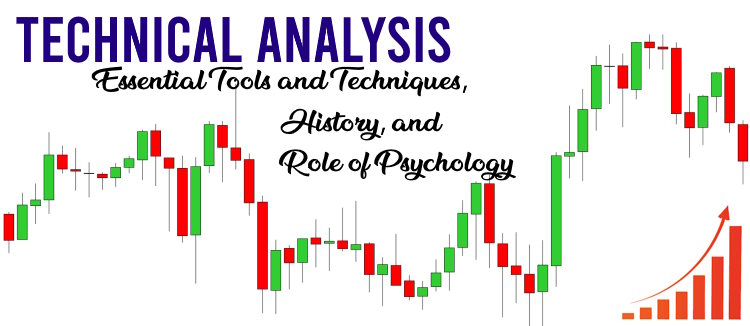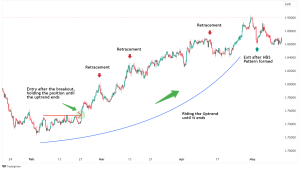An Introduction to Trading Strategies: Finding the Right Approach for You
Introduction
Trading in the financial markets can be both exciting and daunting. One key to successful trading is having a solid strategy. But with so many different approaches, how do you know which one is right for you? In this post, we’ll explore various trading strategies, helping you understand the basics and find the approach that best suits your goals and risk tolerance.
1. Day Trading
Day trading involves buying and selling financial instruments within the same trading day. The goal is to capitalize on short-term price movements. Day traders often use technical analysis and rely on quick decision-making.
- Pros: Potential for high returns; no overnight risk.
- Cons: Requires significant time and attention; can be stressful.
2. Swing Trading
Swing trading aims to capture short- to medium-term gains over a period of days to weeks. Swing traders typically use technical analysis and look for opportunities based on momentum and trend changes.
- Pros: Less time-intensive than day trading; allows for more flexibility.
- Cons: Exposure to market risk over several days; potential for missed opportunities.
3. Long-Term Investing
Long-term investing focuses on holding assets for an extended period, often years. Investors in this category seek to benefit from the long-term growth of their investments, including dividends and capital appreciation.
- Pros: Potential for significant long-term gains; lower stress.
- Cons: Requires patience; market fluctuations can be challenging.
4. Scalping
Scalping is a high-frequency trading strategy where traders make numerous small trades to capture tiny price movements. Scalpers often use algorithms and automated systems to execute trades.
- Pros: Potential for consistent, small profits; low exposure to market risk.
- Cons: Requires advanced knowledge and technology; high transaction costs.
5. Position Trading
Position trading involves holding positions for weeks, months, or even years, based on long-term trends and fundamental analysis. Position traders are less concerned with short-term market fluctuations.
- Pros: Reduced need for constant monitoring; potential for substantial gains.
- Cons: Exposure to long-term market risks; requires strong research and analysis.
6. Algorithmic Trading
Algorithmic trading uses computer algorithms to execute trades based on pre-set criteria. This strategy can automate trading and manage large volumes of trades efficiently.
- Pros: Efficient execution; removes emotional decision-making.
- Cons: Requires technical expertise; potential for system malfunctions.
Conclusion
Choosing the right trading strategy depends on your individual goals, risk tolerance, and time commitment. Whether you’re interested in the fast-paced world of day trading or the steady approach of long-term investing, understanding these strategies will help you make informed decisions and develop a trading plan that suits your needs.
Call to Action
If you found this introduction to trading strategies helpful, stay tuned for more in-depth posts on each strategy and how to implement them effectively. Don’t forget to subscribe to our newsletter for updates and additional trading tips!











Post Comment